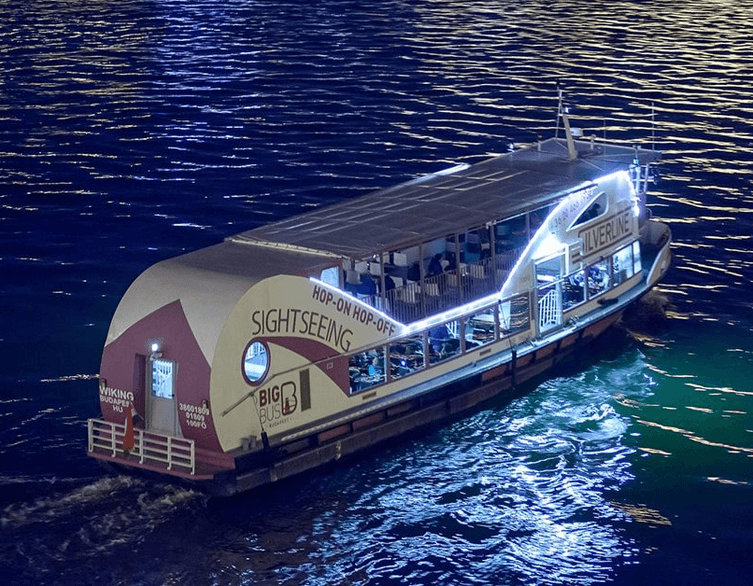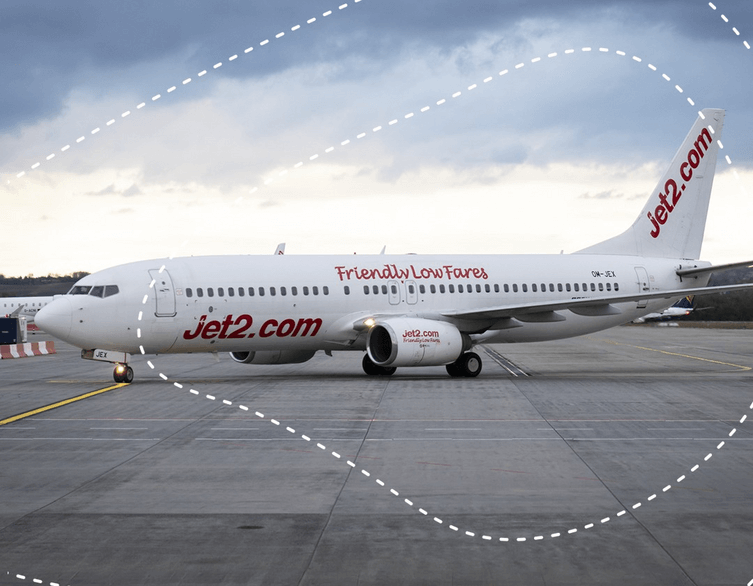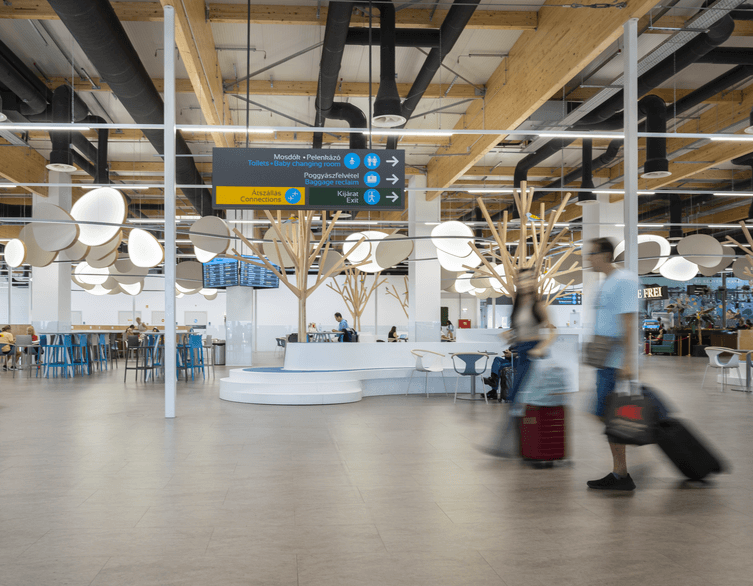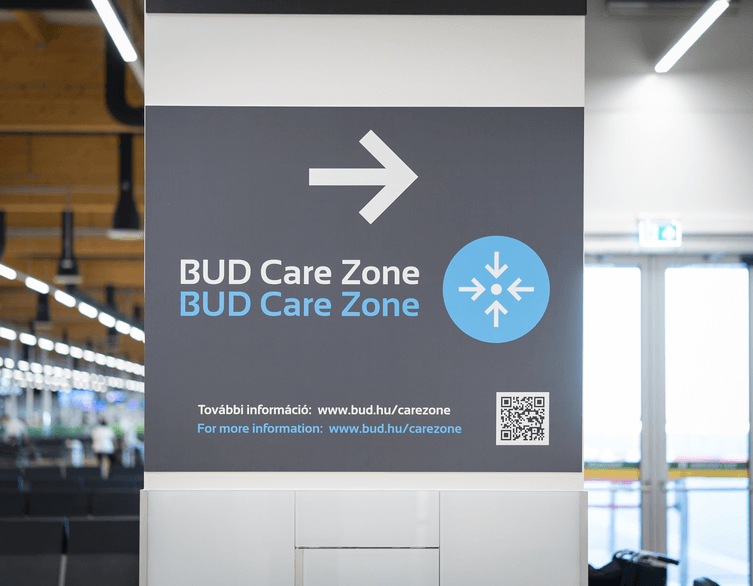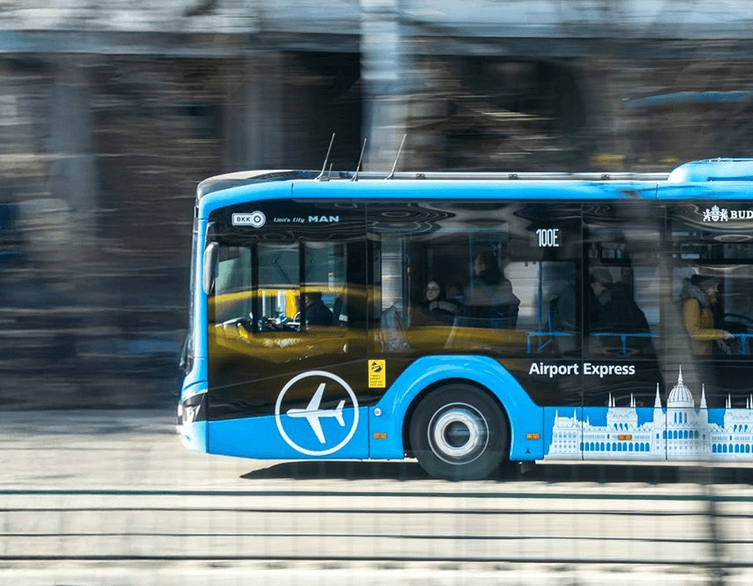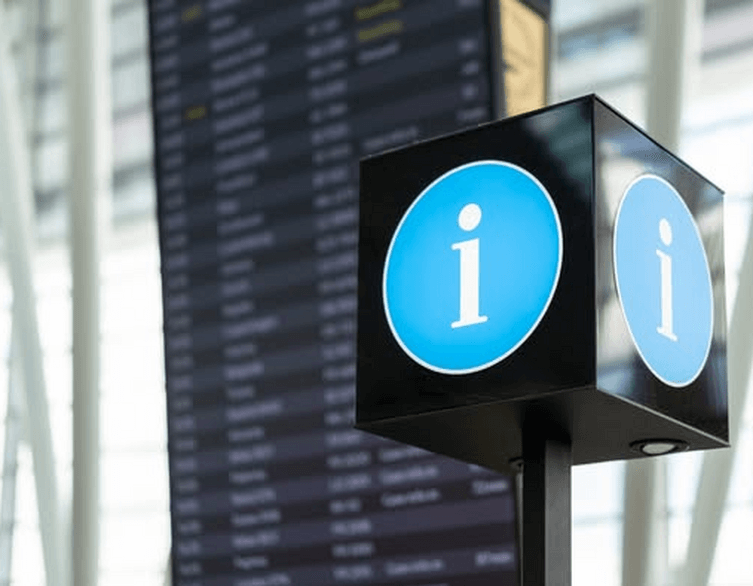Self-Service Baggage Drop at Budapest Airport
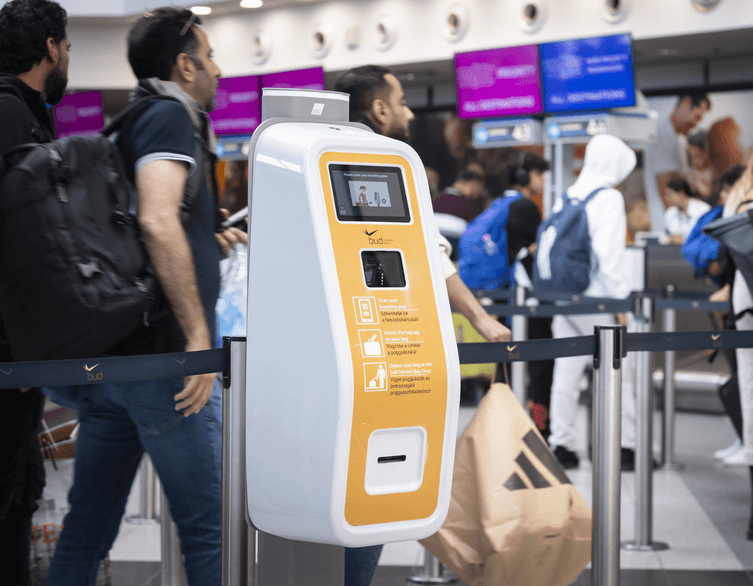
Budapest Airport has implemented a self-service baggage drop system that allows passengers to handle their baggage check-in process independently. This system is designed to reduce waiting times and provide an alternative to traditional check-in counters for eligible flights.
How the System Works
The self-service baggage drop system operates through automated kiosks and drop-off points. Passengers scan the barcode on their boarding pass, either printed or electronic, to print baggage tags. After attaching these tags to their luggage, they proceed to automated drop-off counters where bags are scanned and placed on conveyor belts for processing.
The system requires passengers to answer standard security questions and ensures proper weighing of luggage at designated points. Weight-checking scales are available near the kiosks for passengers who wish to verify their baggage weight beforehand.
Participating Airlines
Currently, fourteen airlines offer this service for their flights from Budapest Airport. These include Air France, Aegean Airlines, Austrian Airlines, Brussels Airlines, EGYPTAIR, Emirates, Finnair, KLM Royal Dutch Airlines, Korean Air, Lufthansa, Norwegian, Ryanair, Swiss International Air Lines, and Wizz Air on selected flights.
Flight information displays indicate which specific flights are eligible for self-service baggage drop through pictogram symbols. The list of participating airlines continues to expand as more carriers join the program.
Equipment and Locations
Budapest Airport operates two types of machines for this service. Tagomats function as baggage label printing devices, while Bagomats serve as automated drop-off counters where passengers place their tagged luggage.
Terminal 2A contains eight Tagomats and nine Bagomats in the main check-in hall, plus one additional Tagomat on the departure level. Terminal 2B houses eighteen Tagomats and thirteen Bagomats in the check-in hall, along with six dedicated Ryanair Tagomats and three Ryanair Bagomats.
Process for Standard Airlines
The standard process involves several steps. Passengers scan their boarding pass at a Tagomat, complete security questionnaires, and print baggage tags. After attaching the large tag to the luggage handle and the smaller tag to the bag’s side, they proceed to a Bagomat where they scan the baggage tag and boarding pass before placing the luggage on the conveyor belt.
Airport information staff are available at both terminals to assist passengers who need guidance during the process.
Ryanair-Specific Procedures
Ryanair passengers follow a modified process that requires the airline’s mobile application, available for both iOS and Android devices. The procedure involves scanning QR codes displayed on the machines, which the app recognizes to facilitate the check-in process.
The steps include scanning QR codes at both the Tagomat and dedicated Ryanair Bagomat stations, with the mobile app serving as an intermediary for processing flight information and baggage details.
Best deals of Budapest
Online Check-in for Passengers Without Checked Baggage
Passengers traveling with carry-on luggage only can utilize online check-in services offered by multiple airlines operating from Budapest Airport. This process allows passengers to complete check-in procedures from their accommodation or any location with internet access before arriving at the airport.
Online check-in typically becomes available 24 hours before departure, though specific timing may vary by airline. Passengers can access this service through airline websites or mobile applications, selecting seats and receiving electronic boarding passes that can be stored on mobile devices or printed at home.
For passengers who complete online check-in and travel without checked baggage, the airport experience is significantly streamlined. Upon arrival at Budapest Airport, these passengers can proceed directly to security checkpoints, bypassing both traditional check-in counters and self-service baggage drop areas entirely.
This option is particularly beneficial during peak travel periods when check-in areas may experience higher passenger volumes. The direct-to-security approach reduces time spent in terminal departure areas and provides greater flexibility in arrival timing at the airport.
Passengers using online check-in should ensure their mobile devices are adequately charged or carry printed boarding passes as backup. Airport information staff can assist with any technical issues related to electronic boarding passes or mobile check-in problems.
Additional Services
Budapest Airport has extended the service beyond the terminal by installing three baggage label printers at Kálvin Square in downtown Budapest. This allows passengers to complete the labeling process before arriving at the airport, requiring only the baggage drop-off step at the terminal.
Standard Check-in Information
For passengers not using self-service options, traditional check-in counters remain available in Terminals 2A and 2B on departure floors. These counters typically open two hours before flight departure. Passengers who complete online check-in but have baggage to drop off must still visit the appropriate terminal for their airline.
System Benefits
The self-service system provides several operational advantages. It reduces queue lengths at traditional check-in counters, allows passengers greater control over timing, and minimizes direct contact with airport staff. The system is designed to be user-friendly and accessible to passengers with varying levels of technical experience.
Technical Support
Airport information staff employed by Budapest Airport remain available throughout both terminals to assist passengers with questions or technical difficulties related to the self-service system. This ensures passengers have access to human assistance when needed.
Future Expansion
The program continues to expand as additional airlines evaluate and implement the technology. This gradual expansion increases the number of flights and destinations where passengers can access self-service baggage drop functionality.
The implementation represents part of Budapest Airport’s broader modernization efforts and reflects industry trends toward automation and passenger self-service options in airport operations.
Related news

















